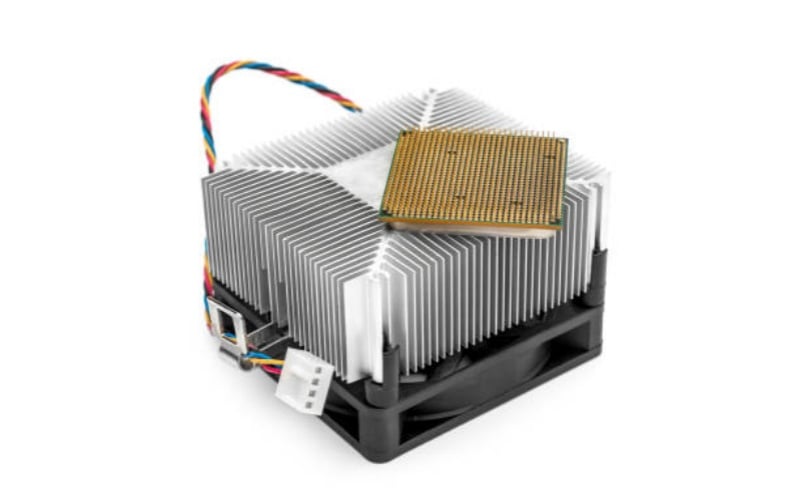The Basics of Heat Sink and Its Importance in Cooling Systems
A heat sink is an essential component in electronic devices and systems that help dissipate heat and maintain optimal operating temperatures. It plays a crucial role in preventing overheating and ensuring the longevity and reliability of electronic components. In this article, we will delve into the principle of heat sink, its working mechanism, and its significance in various industries.
Understanding the Principle of Heat Sink
The principle of a heat sink is based on the fundamental concept of heat transfer. Heat naturally flows from areas of high temperature to areas of low temperature. A heat sink is designed to facilitate this heat transfer process by providing a large surface area for the heat to dissipate into the surrounding environment. It acts as a passive cooling device, transferring the thermal energy away from the heat-generating component and into the air or another medium.
Heat Sink Design and Construction
Heat sinks are typically made from materials with high thermal conductivity, such as aluminum or copper. These materials allow heat to quickly spread throughout the entire heat sink, maximizing the surface area available for heat dissipation. The design of a heat sink also includes fins or ridges, which further increase the surface area and enhance the heat transfer process. The larger the surface area, the more efficiently the heat can be dissipated.
Principle of Convection in Heat Sink
The principle of convection plays a significant role in the operation of a heat sink. Convection refers to the transfer of heat through the movement of a fluid, such as air or liquid. As the heat is conducted through the heat sink, the surrounding fluid absorbs the thermal energy and rises in temperature. This heated fluid then moves away from the heat sink, allowing cooler fluid to take its place. This continuous circulation of fluid helps to dissipate the heat effectively.
Heat Sink Efficiency and Thermal Resistance
The efficiency of a heat sink is determined by its thermal resistance, which measures how effectively it can transfer heat. Lower thermal resistance indicates better heat dissipation capabilities. Manufacturers often specify the thermal resistance of their heat sinks, allowing engineers to select the most suitable option for their specific cooling requirements. Heat sink efficiency can also be improved by using thermal interface materials, such as thermal paste or pads, to minimize any air gaps between the heat-generating component and the heat sink.
The Role of Heat Sinks in Electronics
Heat sinks are commonly used in various electronic devices, including computers, laptops, smartphones, and power amplifiers. These devices generate heat during their operation, which, if not effectively dissipated, can lead to performance issues, reduced lifespan, and even component failure. Heat sinks help maintain the temperature within safe limits, ensuring optimal performance and preventing damage.
Applications of Heat Sinks in Industrial Settings
Heat sinks are not limited to consumer electronics; they also have extensive applications in industrial settings. Industries such as automotive, aerospace, power generation, and LED lighting rely on heat sinks to cool down critical components. In high-power applications, such as electric vehicles or industrial machinery, heat sinks often work in conjunction with other cooling methods, such as fans or liquid cooling systems, to achieve efficient heat dissipation.
Advancements in Heat Sink Technology
Over the years, heat sink technology has evolved to meet the increasing demands of modern electronics and industries. Advanced designs, such as heat pipes, vapor chambers, and stacked fin arrays, have been developed to enhance heat transfer capabilities. These innovations allow for more efficient cooling, compact designs, and improved thermal management in high-performance applications.
Conclusion
The principle of heat sink revolves around the efficient transfer of heat from a heat-generating component to the surrounding environment. By providing a larger surface area and utilizing the principles of convection and conduction, heat sinks play a vital role in keeping electronic devices and industrial systems cool. Understanding the principle of heat sink helps engineers and designers select the most suitable cooling solutions for their applications, ensuring optimal performance and reliability.

